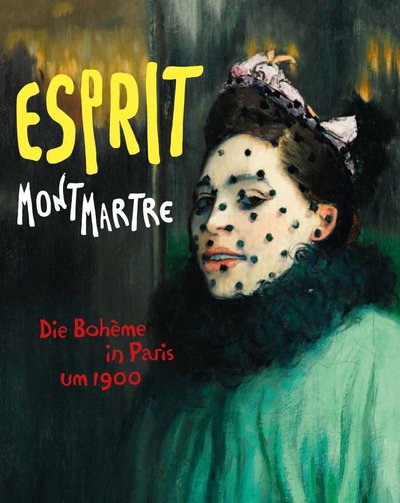More than two hundred works by Henri de Toulouse-Lautrec, Vincent van Gogh, Pablo Picasso, Suzanne Valadon, Edgar Degas and others will lure visitors into the milieu of the Parisian “bohème” around the turn of the century.
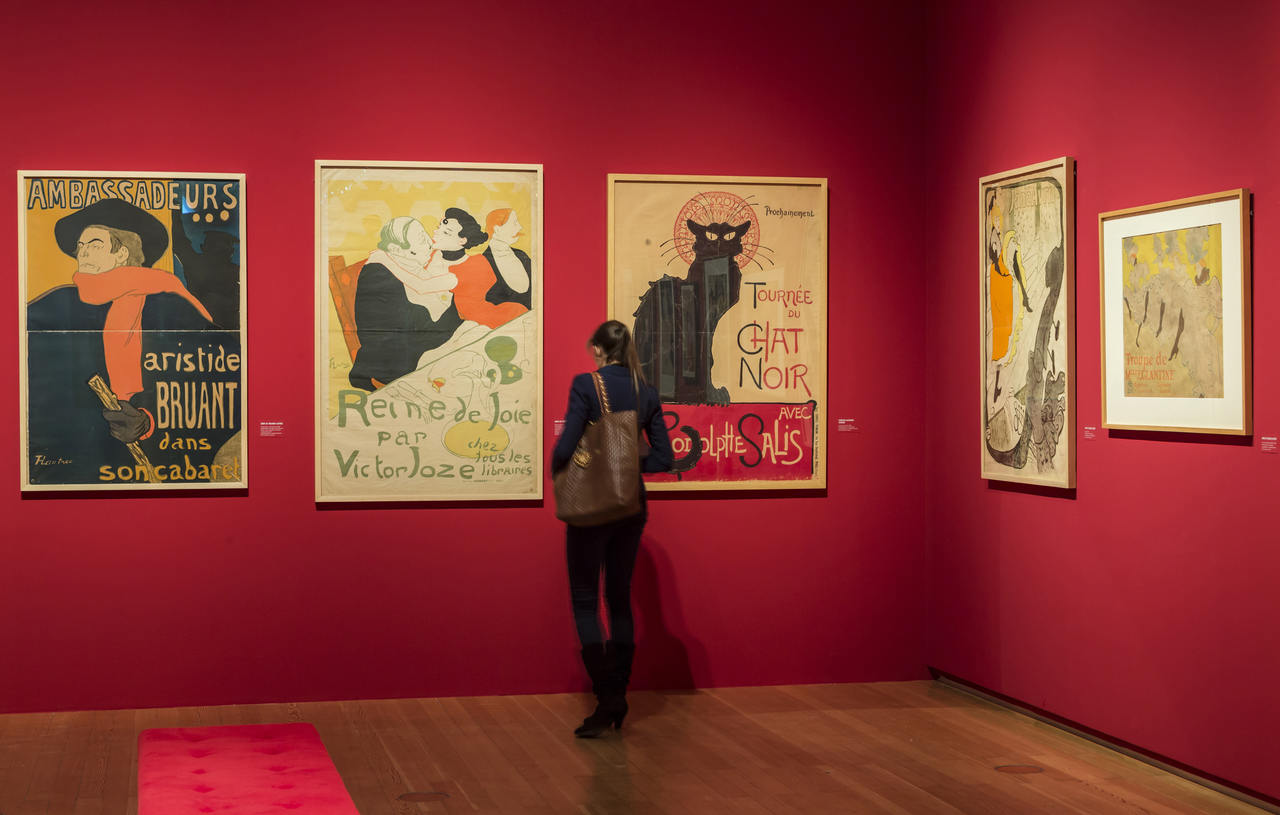
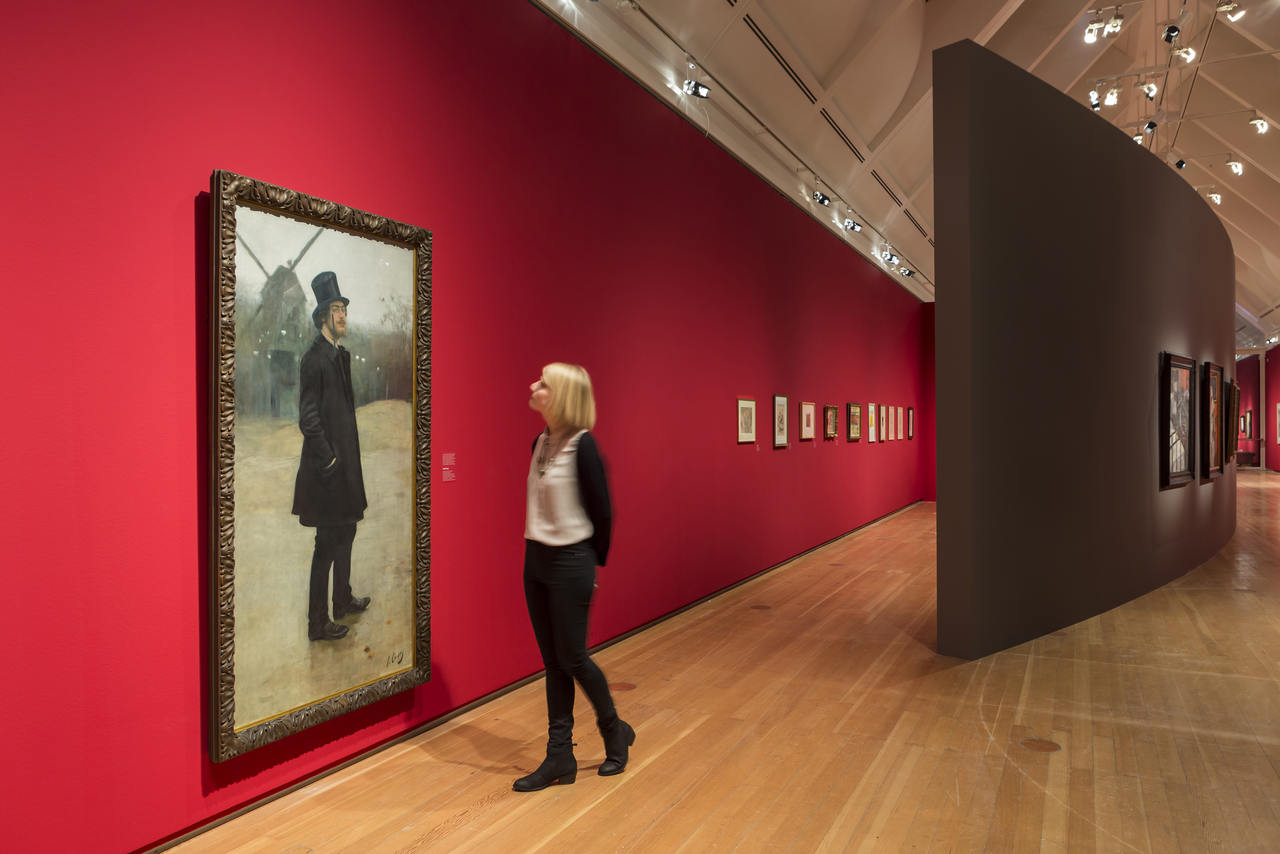
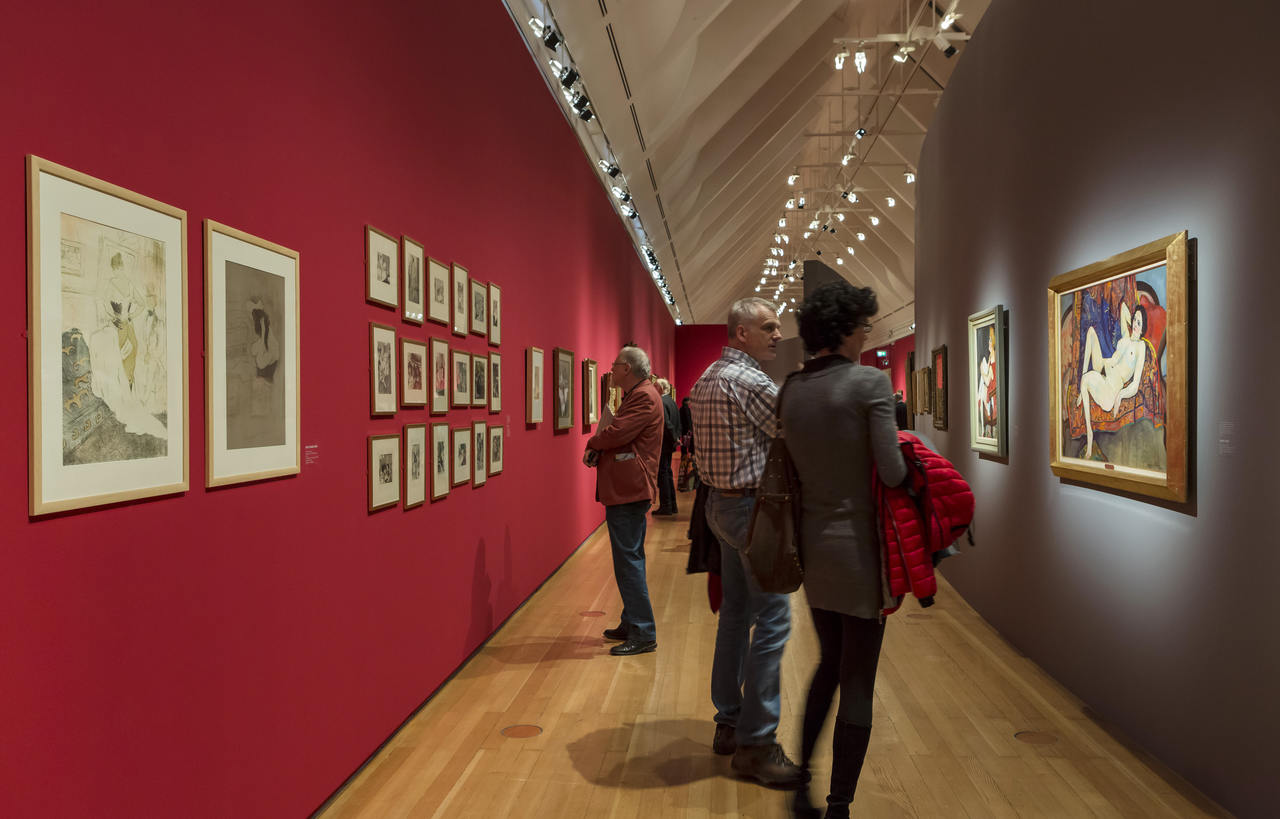
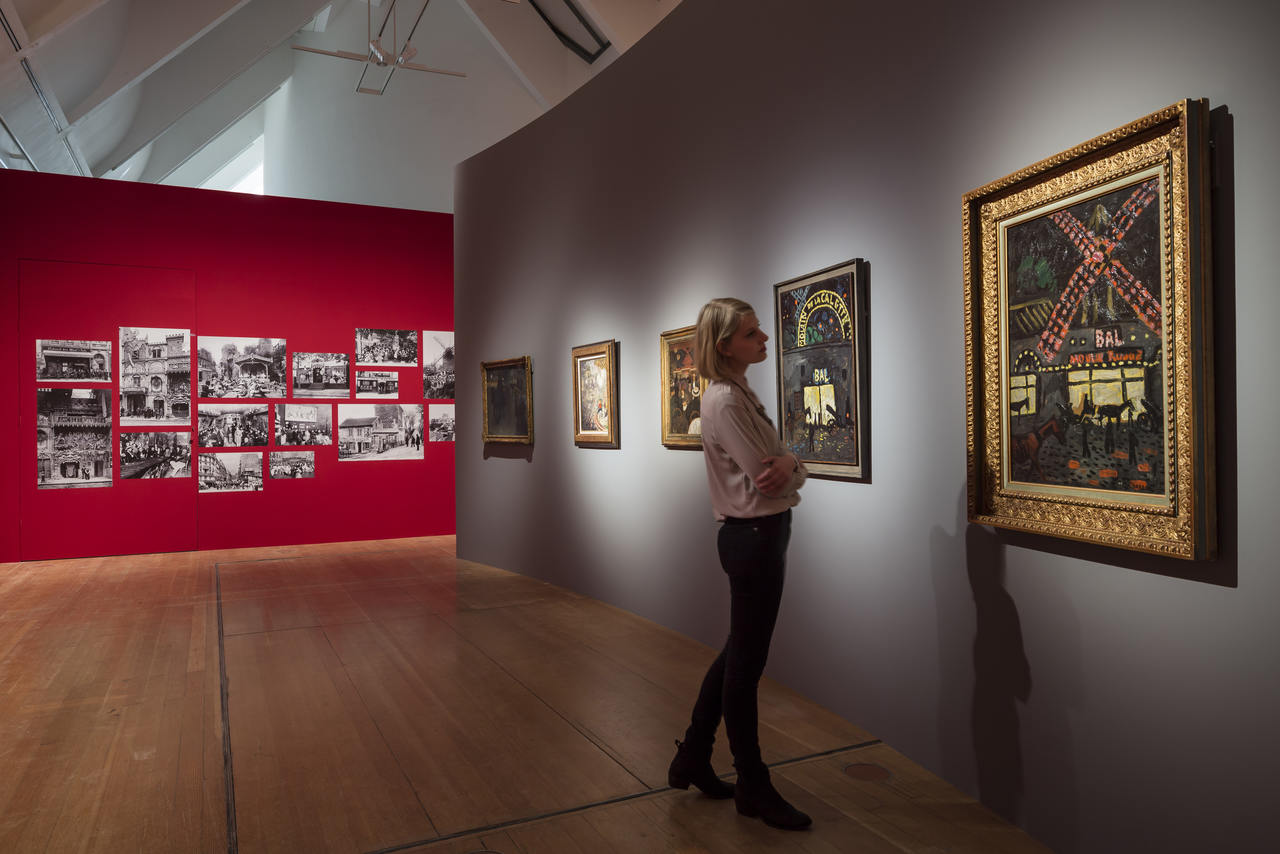
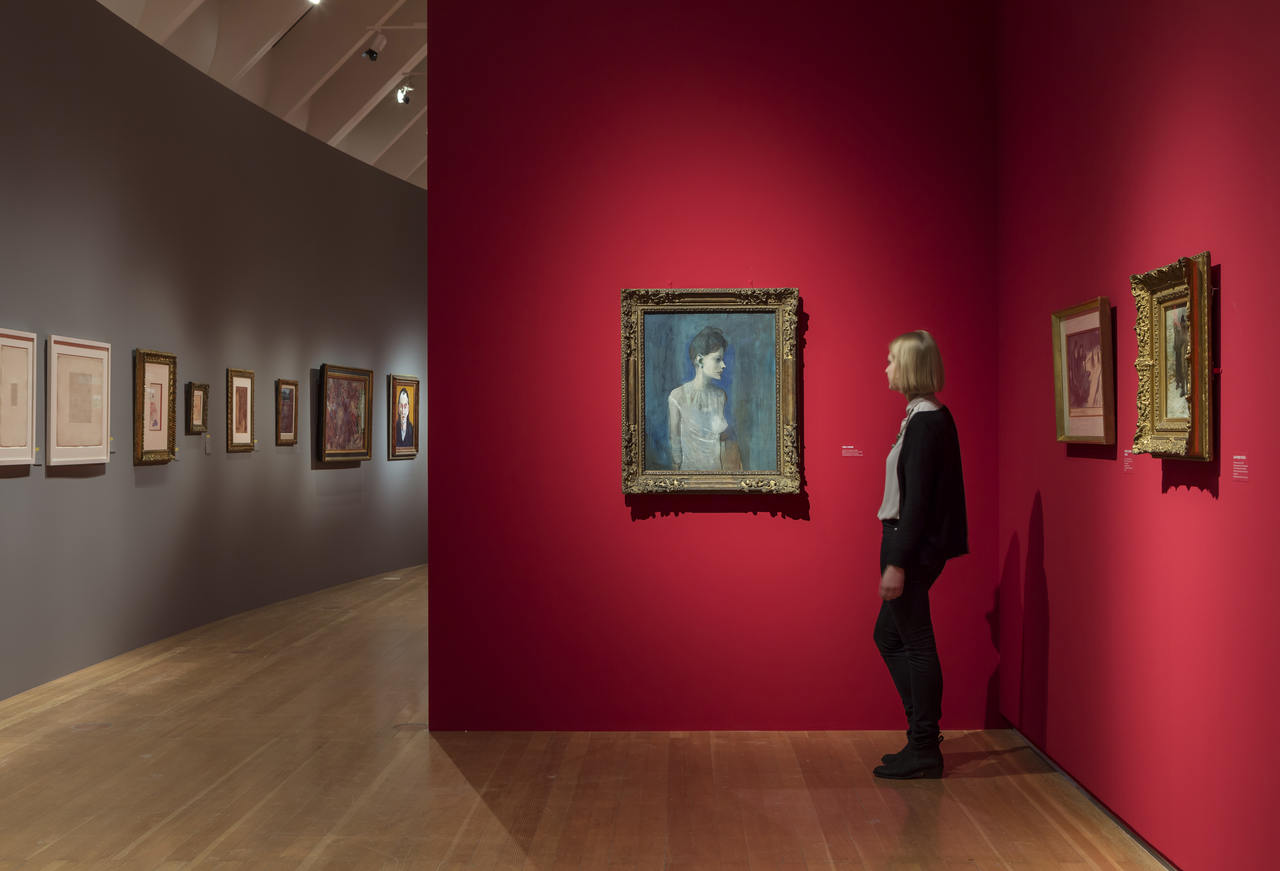
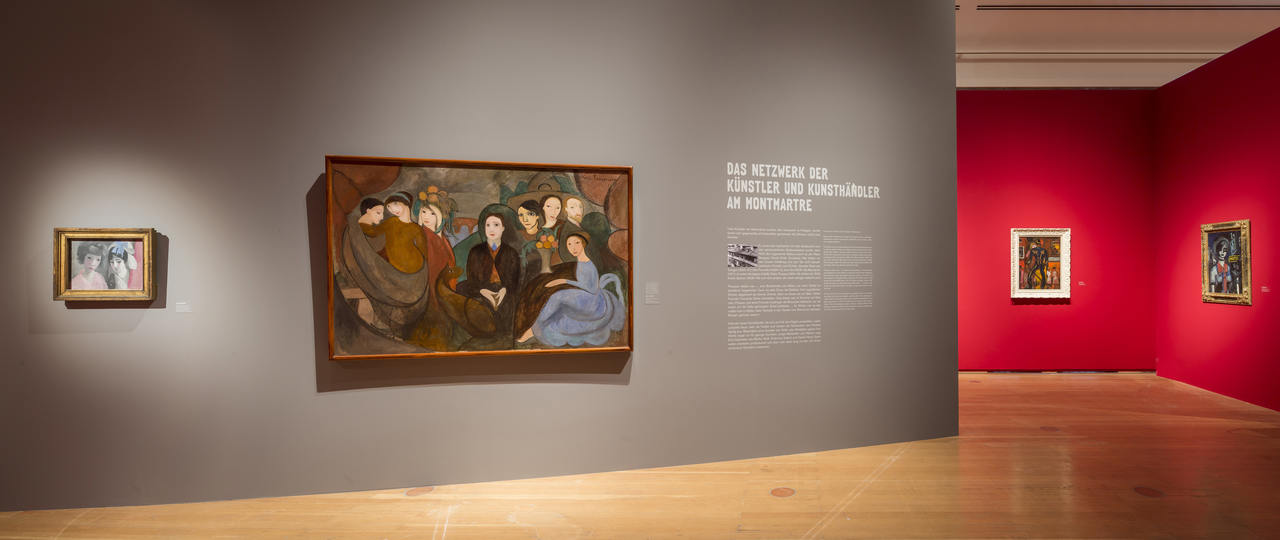
ESPRIT MONTMARTRE. BOHEMIAN LIFE IN PARIS AROUND 1900
A notorious district in Paris’s 18th arrondissement held special appeal for a number of the most well-known modern artists: Montmartre. “The quarter resembles a huge studio,” a contemporary critic wrote in the 1890s about the hill on what was then the city’s outskirts. Having preserved its original rural flair, it represented a counter-world to the mundane Paris of the “belle époque.” The SCHIRN exhibition has set out to convey a sense of the special Montmartre atmosphere. More than two hundred works by Henri de Toulouse-Lautrec, Vincent van Gogh, Pablo Picasso, Suzanne Valadon, Edgar Degas and others will lure visitors into the milieu of the Parisian “bohème” around the turn of the century. Historical photographs and numerous posters and prints will shed light on further facets of one of the most colorful chapters in the history of art, but also one with which countless clichés are associated: the frivolous can-can girls in the Moulin Rouge, sumptuous coffeehouse scenes, or the penniless artist who indulges in alcohol, sleeps until noon and turns night into day. Yet to reduce Montmartre to these familiar images means to overlook the realism with which the artists recorded everyday life there. They were people who had consciously chosen to dissociate themselves outwardly from the bourgeoisie by embarking on lives as poor bohemians on the fringe of society. Their striking portraits of outsiders, thieves, beggars, street artists, prostitutes and drinkers mirrored their new perception of themselves. The exhibition will investigate the sociological circumstances of the period in question and its new definition of the role of the artist.
CATALOG
The Montmartre, however, was considered a microcosm for artistic self-perception that first found literary expression in Henry Murger’s novel Scènes de la vie de Bohème (1847–1849). The neighborhood soon attracted numerous artists who deliberately chose a bohemian life in impoverished circumstances on the margins of society – even though they often came from wealthy homes. Their new identity as voluntarily-involuntary outsiders was mirrored especially realistically and impressively in their art. The publication – by viewing the bohemian world on Montmartre from an art-sociological perspective and taking the social and historical contexts into account – clearly reveals how remarkably the myth and legend of the quarter differed from its reality. ‘Esprit Montmartre’ shows the true life of its inhabitants far from the usual clichés. The artists’ works are moving, sensual, and rousing, and their subjects and pictorial ideas, materials, and stylistic solutions essentially anticipated the artistic developments of Modernism.
